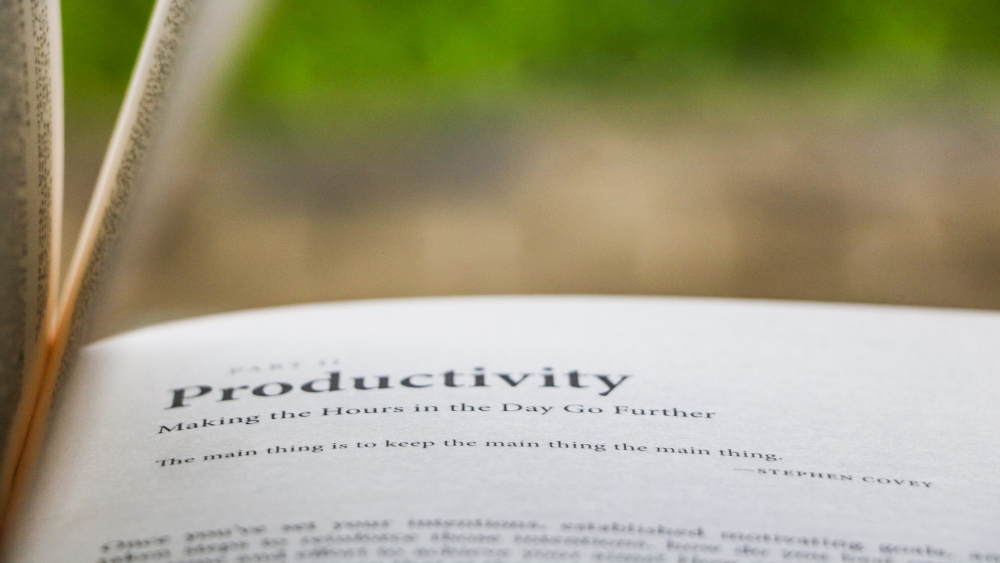

In the newly released figures on gross domestic product (GDP) by state for the second quarter, Washington got, if not good news, at least better news than nearly every other state. Figure 1 shows the drop in state GDP between the second quarter of 2019 and the second quarter of 2020.

Nationally, GDP was 8.5 percent lower in the second quarter than a year prior. The second quarter includes April and May, the two worst months of the pandemic shutdown, and June, the month when things started to turn around economically. In Washington, GDP dropped by 4.7 percent year-over-year, giving the state the third lowest GDP drop in the country, after Utah and Arizona.
The state does not fare nearly as well on the employment front. Figure 2 shows unemployment rates for August for the states. The data is based on a survey taken of households during the week of August 9.

At 8.5 percent, Washington ranked 36th among the states for unemployment. How can the state have such high unemployment when its GDP has taken such a modest hit? The answer is in productivity. The jobs that did not get cut in Washington are highly productive. The state’s workforce, on average, puts out a lot more value than most states.
Figure 3 shows a metric of relative productivity. For each state we see the degree to which a state’s share of national GDP is higher or lower than its share of national population. For example, Washington is responsible for 2.97 percent of the nation’s GDP, which is 28 percent higher than its 2.3 percent share of national population. The states in green are punching above their population weight, and the states in yellow/brown are punching below.

By this metric, Washington is the third most productive state in the nation, after New York and Massachusetts. This finding is consistent with other metrics showing that Washington has a high wage, high productivity economy. And since the unemployment that persisted into August tends to be concentrated in lower wage jobs, Washington can have stronger GDP performance while having many more workers on the sidelines.
The strong GDP performance, while good news for the economy overall and the future of the state, does not really tell us much about livings standards. After all, Washington and the other states in dark green in Figure 3, are high cost places to live. All those highly paid workers in the Seattle area see a big chunk of their large paychecks go toward expensive housing, commuting and local services.
Looking Ahead
Most economists expect a big surge in GDP in the third quarter, as the reopenings of various sectors of the economy show up in the data. As the Indexer has noted, retail sales are recovering fairly well, while services are still down. We see a similar pattern on the production side. Goods producing sectors–mostly construction and manufacturing–are getting closer to the old normal, while services in general lag behind. Both GDP and employment will likely see long tails of recovery as high-touch services wait for safety and customers to return.
